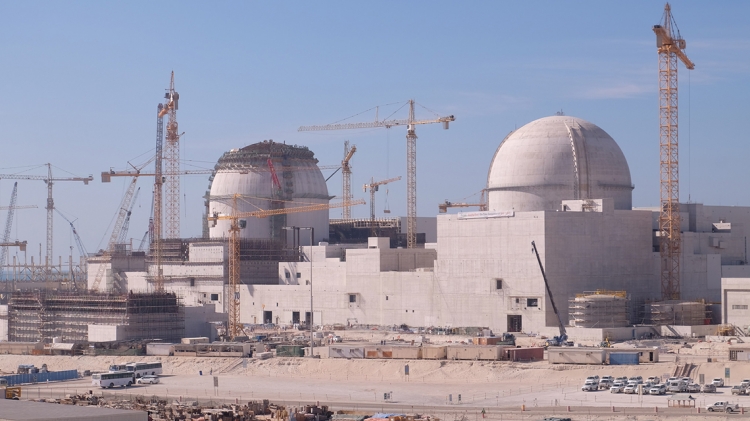The IAEA has partnered with 12 Member States in the development of effective climate change mitigation strategies through a coordinated research project (CRP). The objective of the CRP is to provide support in national evaluations of the potential role of nuclear power in mitigating greenhouse gas (GHG) emissions, as part of the preparation of country strategies under the Paris Agreement, reached in 2015 by the Parties to the United Nations Framework Convention on Climate Change (UNFCCC).
“It’s about examining how nuclear power, together with other sources of low-carbon energy, can contribute to each Member State’s unique energy and development objectives for decades to come,” said Hal Turton, an energy economist at the IAEA. This CRP builds on earlier initiatives, including a 2006-2009 project supporting Member States with GHG mitigation strategies and energy options for reaching Kyoto Protocol targets for 2008-2012.
One of the Paris Agreement’s primary goals is to limit the increase in average global temperature to well below 2°C above pre-industrial levels and, if possible, to below 1.5°C. While challenging, this goal is technically feasible, but current climate policies would leave the planet with global temperatures between 2.6°C and 4.0°C above pre-industrial levels by 2100, according to Climate Action Tracker. Even with the pledges that Parties to the Paris Agreement have already made, the increase could end up as high as 3.2°C by 2100. Country research teams participating in the CRP are assessing national energy sector developments and analysing options to curb the increase in global temperature.






